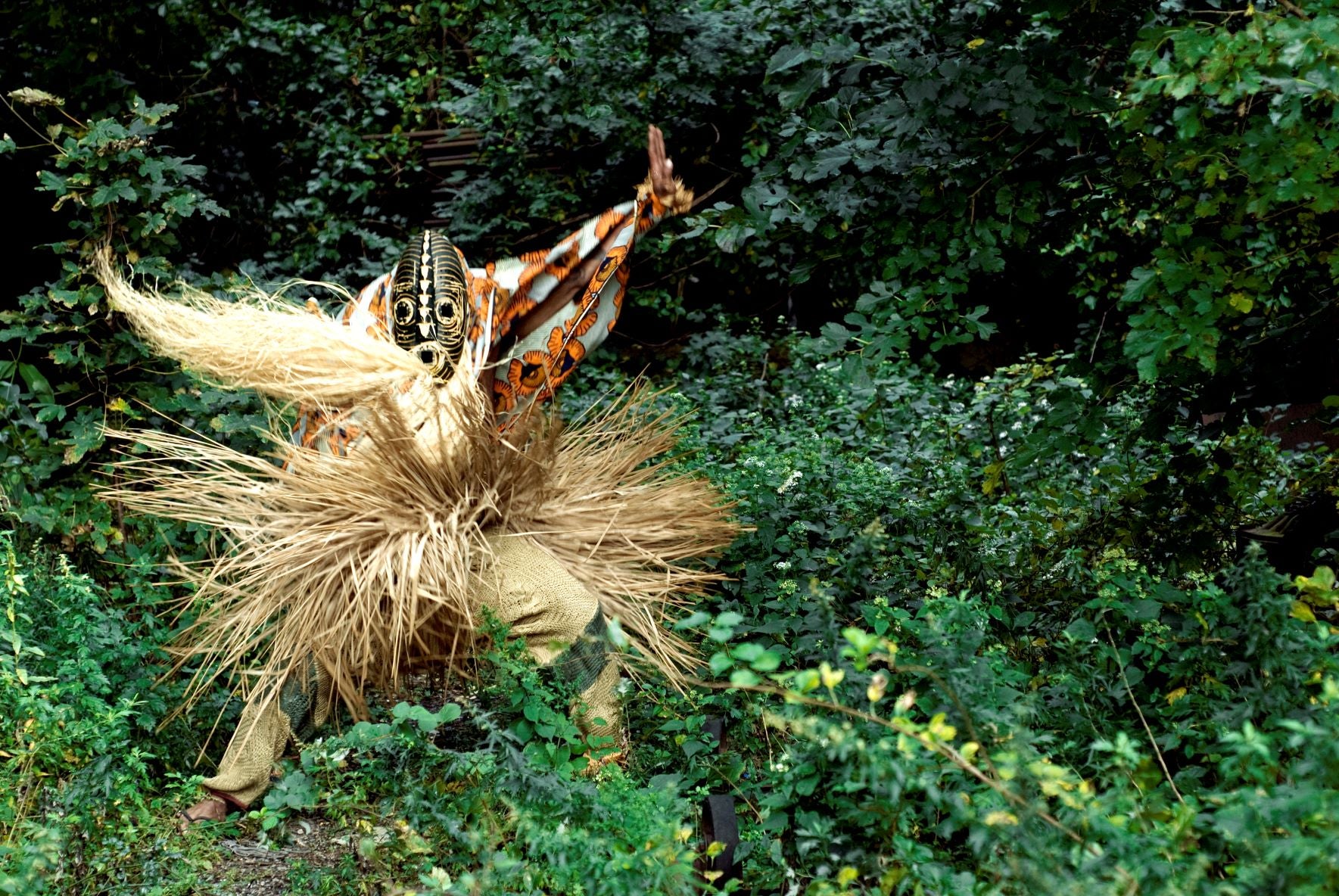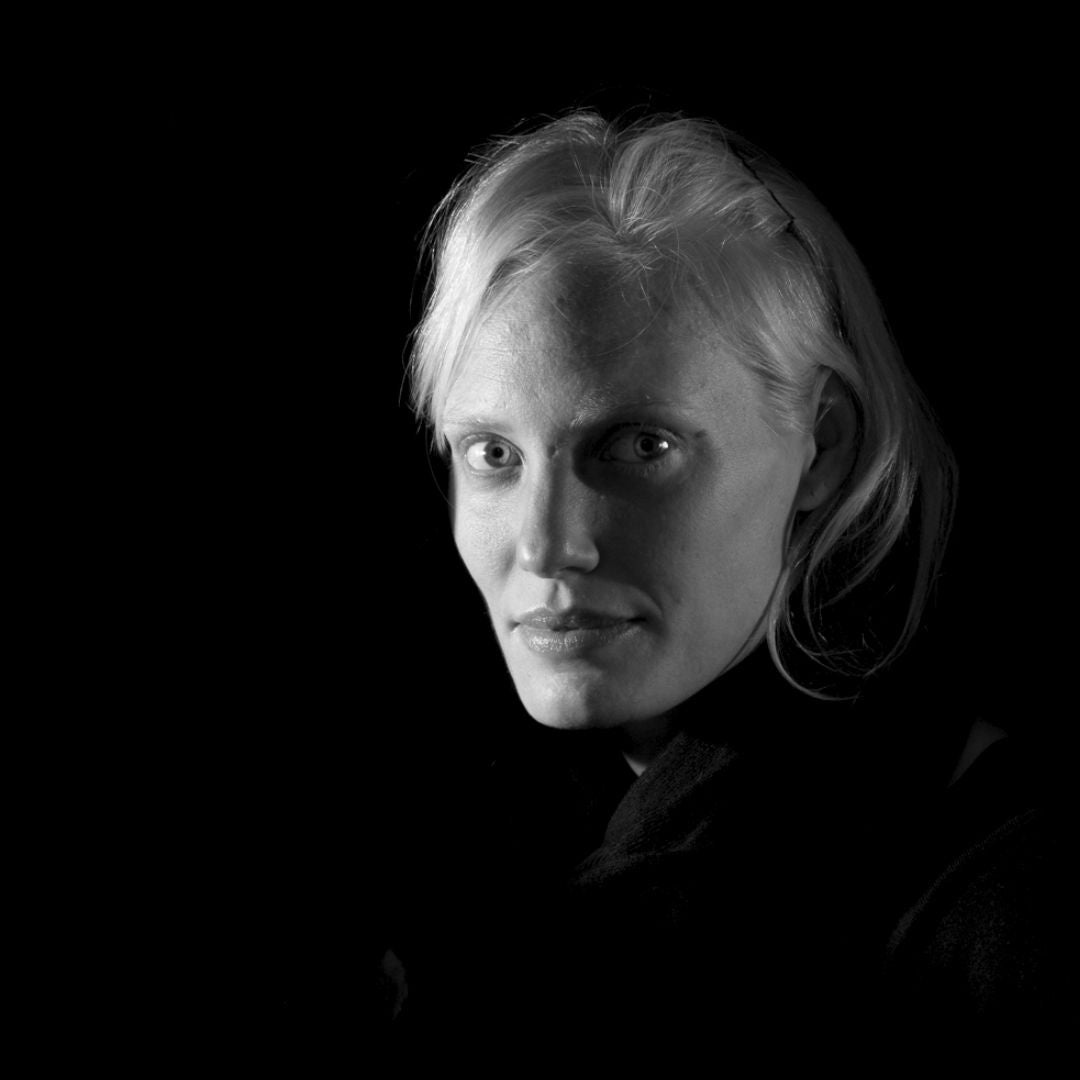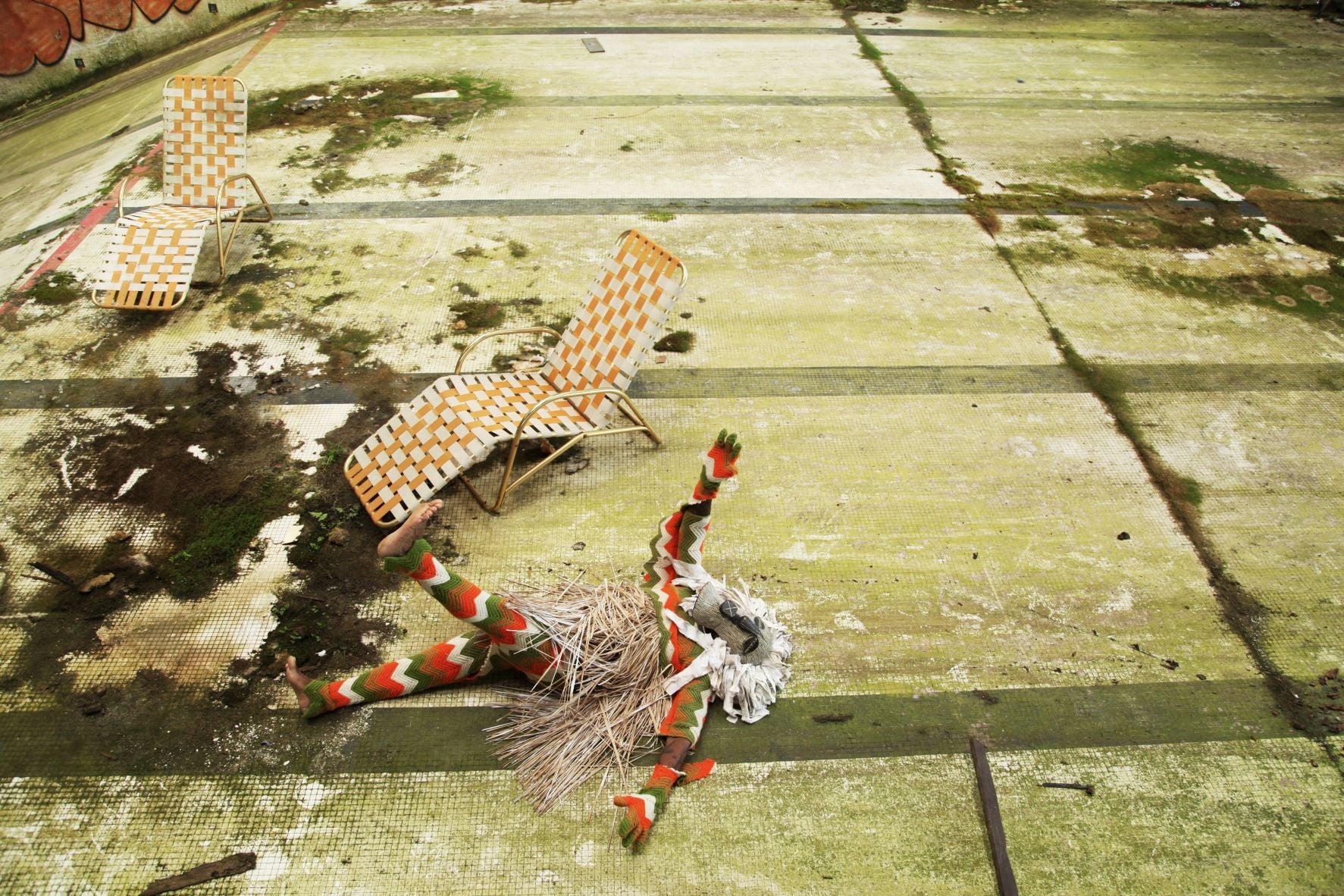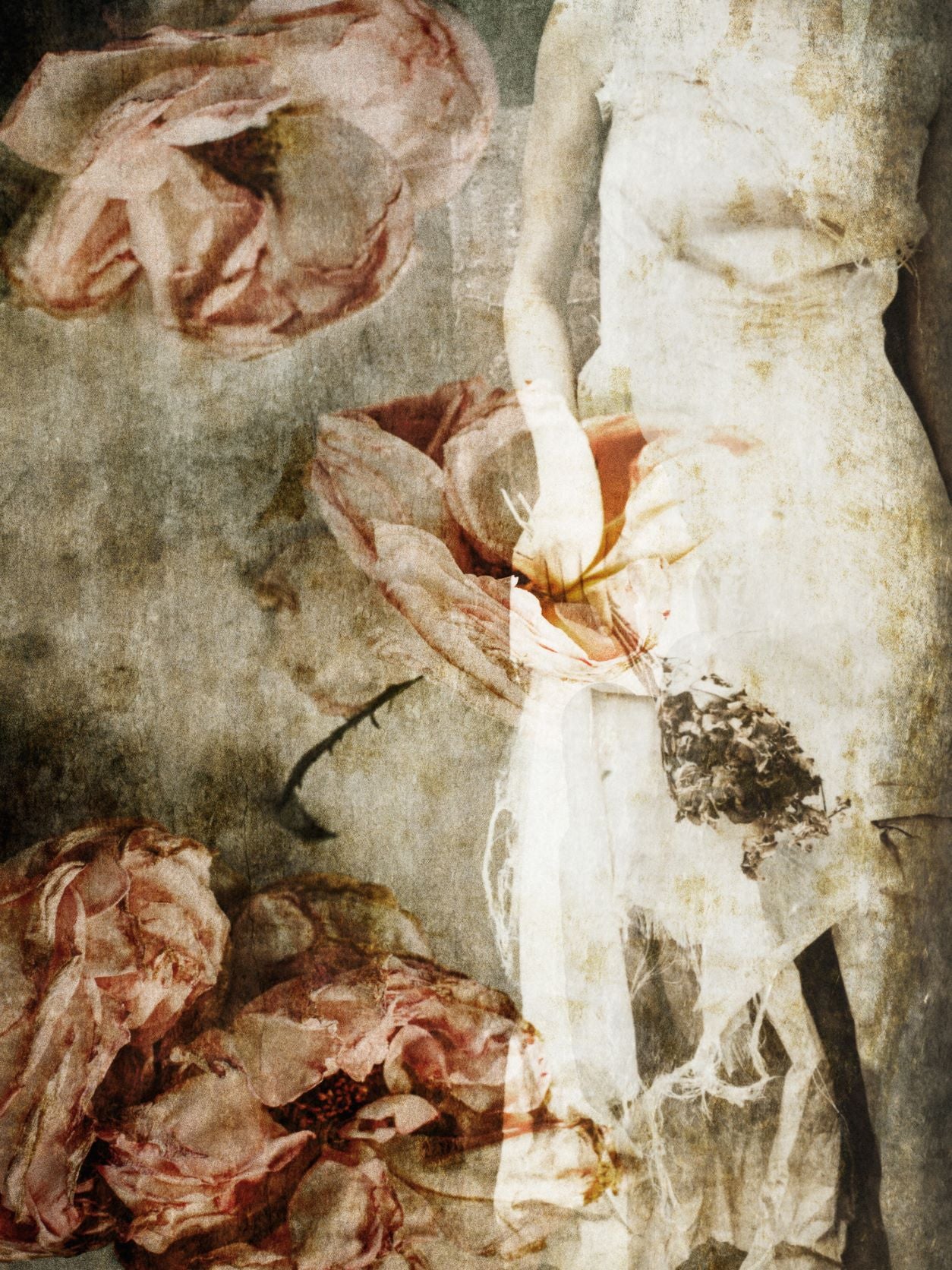REAPPROPRIATION
KIRITIN BEYER

ARTIST'S STATEMENT
Reappropriation is the continuation of an earlier conceptual photography series I did in 2010 on the Salvation Islands in French Guiana. Between 1852 and 1953, the islands were part of a notorious penal colony for the worst criminals in France. Ruins are now all that is left of it. While the landscape was stunning, I felt the weight of what once existed. I also saw how nature had cleansed the past.
In 2012, I worked with my partner, Parris Jaru, to create Reappropriation. As a painter, he often uses natural elements in his practice and his Jamaican and American-Indian origins shape his creative process.
We drew inspiration from my time in Guiana and from Parris’ heritage. Reappropriation explores the constant battle between man-made structures, artificial landscapes and consumption – the battle between ownership and preservation, short-term use and long-term benefice. We aim to show through photographs the relationship between these conflicting forces and the effect one has on the others.
In traditional societies, masks and costumes are both a representation of the spirits and a way to connect with them. The transformation of the mask wearer into a spiritual entity requires rituals, such as specific music and dances, which we echoed in how Parris moved in the space.
In contrast to the natural and spiritual world, we chose as location former striving industrial complex, now abandoned and forgotten.



WHY I LOVE THIS PHOTOGRAPHY SERIES, by Aurélie
Reappropriation is an apt title for this conceptual photography series. Abandoned spaces are reappropriated and turned into private playgrounds, while ancient customs from Africa and the Caribbean are reinvented.
The photographs are a collaborative effort between Kiritin Beyer, a French-Danish photographer, and Parris Jaru, a Jamaica-born painter. The creative pair (and couple in real life) worked together to find desolate locations, source masks, create costumes and research movements and poses to reenact.
The resulting images are striking and filled with unanswered questions. A mysterious character inhabits a no-man’s land of empty buildings that have been reclaimed by nature. He changes appearance and his face is always hidden by a mask. We know nothing of him or where he is; he simply stands before us, caught in the middle of rituals and dances he alone knows the meaning of.
I love art that makes you wonder and takes you on a journey.
ABOUT THE ARTISTS
Kiritin Beyer was born in Copenhagen to a French mother and a Danish father. After spending some of her childhood in the French Pyrénées mountains, she moved to Paris to join the National Circus School. There she was exposed to the plasticity of the human body, an experience that later influenced her work.
The five years Kiritin spent in Paris working as a model ultimately convinced her that she enjoyed being behind the lens rather than in front of it.
In 2004, she arrived in New York City to pursue photography and filmmaking. Her efforts and talent resulted in her winning a Film fellowship from BRIC (a Brooklyn-based art foundation). In 2012, she traveled to East Africa with artist Parris Jaru to film “Imagination is Creation.” The short film was nominated in the Arts Category at the Emmy Awards.
She later went to India to document natural colors and pigments used in textiles, arts and Ayurveda practice. The resulting film, “A Trail of Pigment,” received the B Free Award in the “Artistic and Health categories” from BRIC.
In 2016, Kiritin created a short film based on Parris Jaru’s paintings for the musical band Les Nubians. The video was projected during their performances in the US. Since then, she directed and edited numerous videos.
Kiritin Beyer currently lives in Brooklyn, New York (USA), where she works as a photographer and videographer for interior magazines and designers.

Growing up in the Caribbean, Parris Jaru began creating art using natural elements at an early age. Carving wood from fallen trees to make masks, flutes and drums was his earliest creative experimentation.
Arriving in New York City in the mid-eighties, he was entranced by the art scene and began to paint.
While working at Marvel Comics he met some of the pioneers of comic art, which influenced his work. Parris began selling his paintings on the streets of Soho and the East Village, which had vibrant art communities then. He befriended and collaborated with some of the most talented painters of the underground art scene at the time.
Parris now resides in Brooklyn, NY, and displays and sells his paintings at art fairs in New York, Miami and abroad. He also works on commissioned artworks in collaboration with the Arco Gallery in Soho.
Parris states, “The more I give to artistic expression the more it has given me. Painting and poetry have become my instrument of survival as well as my greatest love in this life. When I show my works, my only expectation is to speak to those who have a desire to hear my words outside of normal conversation. Then my job for the moment is done.”
OTHER ARTISTS YOU MAY ENJOY
























































